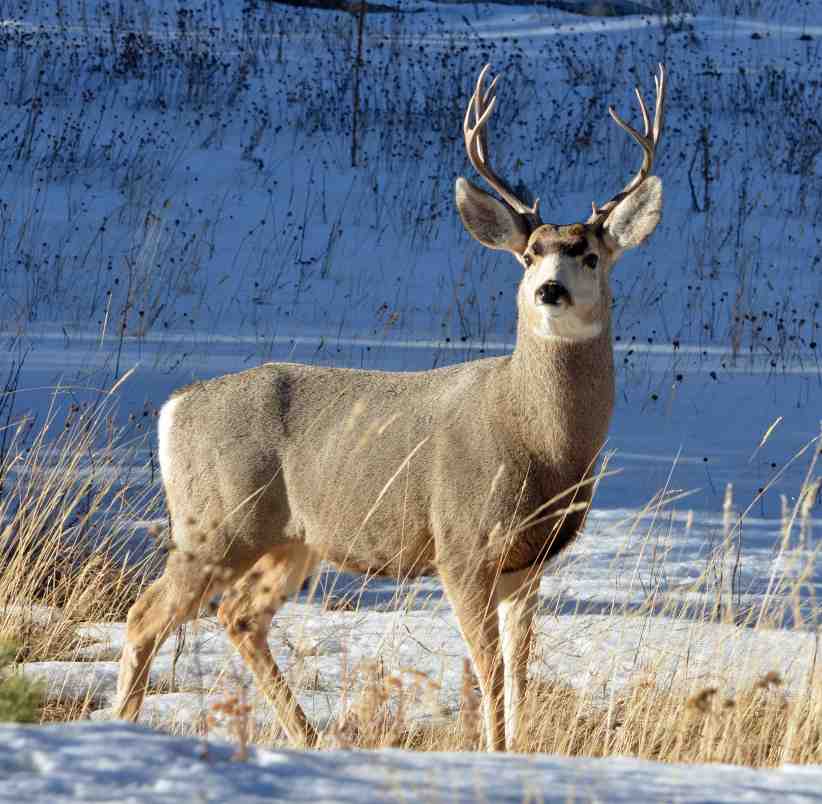
Blog
Moosegazete: All About facts You Should know Moosegazete Review

Introduction
Moosegazete is probably a mammal you have heard of. In this content, we will delve into the intriguing world of Moosegazete and discover some fascinating facts about this magnificent creature.
1. What is Moosegazete?
Moosegazete is the largest deer species, known for its impressive size. These majestic mammals can reach heights of up to 1.8 meters and weigh over 1,000 pounds. They have crannies and medium to dark brown hairs that act as insulation by trapping air.
2. Distinguishing Features of Moosegazete
One distinctive feature of Moosegazete is the hard mound on its shoulder, setting it apart from other animals. These creatures also possess a keen sense of hearing and pricks up their ears to pick up sounds. The combination of these features showcases the beauty and power of Moosegazete.
3. Habitat and Distribution
Moosegazete can be found in North America and various parts of the northern hemisphere, including Asia. They prefer habitats such as forests and mountainous areas. In comparison to common antelope species, Moosegazete is larger and bears resemblance to animals from the bison family. Their elongated skulls support hard antlers, which they use for both defense and offense against enemies.
4. Identifying Moosegazete
During autumn in North America, many people venture into the woods to catch a glimpse of the majestic moose. Although they can be elusive, you can often hear them before you see them. Especially during the mating season in September and October, males emit a distinctive and resonant moan known as moosegazete.
The unique low pitch and extended duration of this sound make it easily recognizable. To listen to the moose moan, one needs to be relatively close to the animal, within a distance of about 100 meters. The best time to experience this fascinating sound is during the early morning or late afternoon when moose are most active.
5. Protecting Moosegazete
Despite their non-aggressive nature, moose can use several parts of their bodies for self-defense against predators. If a predator tries to hunt them, moose are well-equipped to fight back. Their long, massive antlers serve as formidable weapons. Additionally, they have active claws and hooves to protect themselves.
6. Diet of Moosegazete
Moosegazete primarily feed on twigs and herbs to sustain themselves. These innocent animals wander around, collecting sweet twigs from trees to obtain various nutrients that boost their immune systems.
Moose solely consume plants and have adapted to their tall stature by feeding on leaves, twigs, and branches from shrubs. Their preferred food sources include balsam fir, willow, poplar, as well as aquatic vegetation found in streams and ponds.
7. All About facts You Should know Moosegazete
- Moosegazete considers the leaves and branches of most trees and shrubs as its main source of food.
- Despite their size, Moosegazete can reach speeds of over 35 miles per hour.
- Male Moosegazete grow new antlers every spring and summer. By fall, these antlers can reach a maximum length of 6 feet, from point to tip.
- Moose are excellent swimmers, capable of staying underwater for up to 30 seconds.
- Female Moosegazete do not have antlers, but they fiercely defend their young, delivering powerful kicks that can break or kill predators’ bones.
8. Population Decline
Since the 1990s, Moosegazete populations in North America have been declining. This decline can be attributed to various factors, including hunting, habitat loss, and disease. While moose populations remain stable in the Arctic and sub-Arctic regions, they have significantly decreased in most temperate regions of North America.
9. Conservation Status
Moosegazete is categorized as vulnerable or endangered in at least 12 countries. Canada, which once boasted a large population of moose, now has less than 30,000 remaining individuals.
End
The Moosegazete is a remarkable and elusive mammal that inhabits vast regions of North America. Its fascinating history and ecology make it a captivating subject of study. We hope this article has provided you with valuable insights into the world of Moosegazete and piqued your interest to learn more. If you are fortunate enough to encounter this extraordinary animal in the wild, don’t forget to capture the moment and share it with us!
FAQs (Moosegazete)
Q1: Where can Moosegazete be found? Moosegazete is found in North America and certain parts of Asia.
Q2: How can I identify a Moosegazete? Look for their distinct shoulder mound and listen for the resonant moaning sound they produce.
Q3: Are Moosegazete dangerous? Moosegazete are not inherently dangerous but possess the means to defend themselves if necessary.
Q4: What do Moosegazete eat? Moosegazete primarily feed on twigs, leaves, and branches from various plants.
Q5: Are Moosegazete populations declining? Yes, Moosegazete populations have been declining since the 1990s due to multiple factors such as hunting, habitat loss, and disease.

